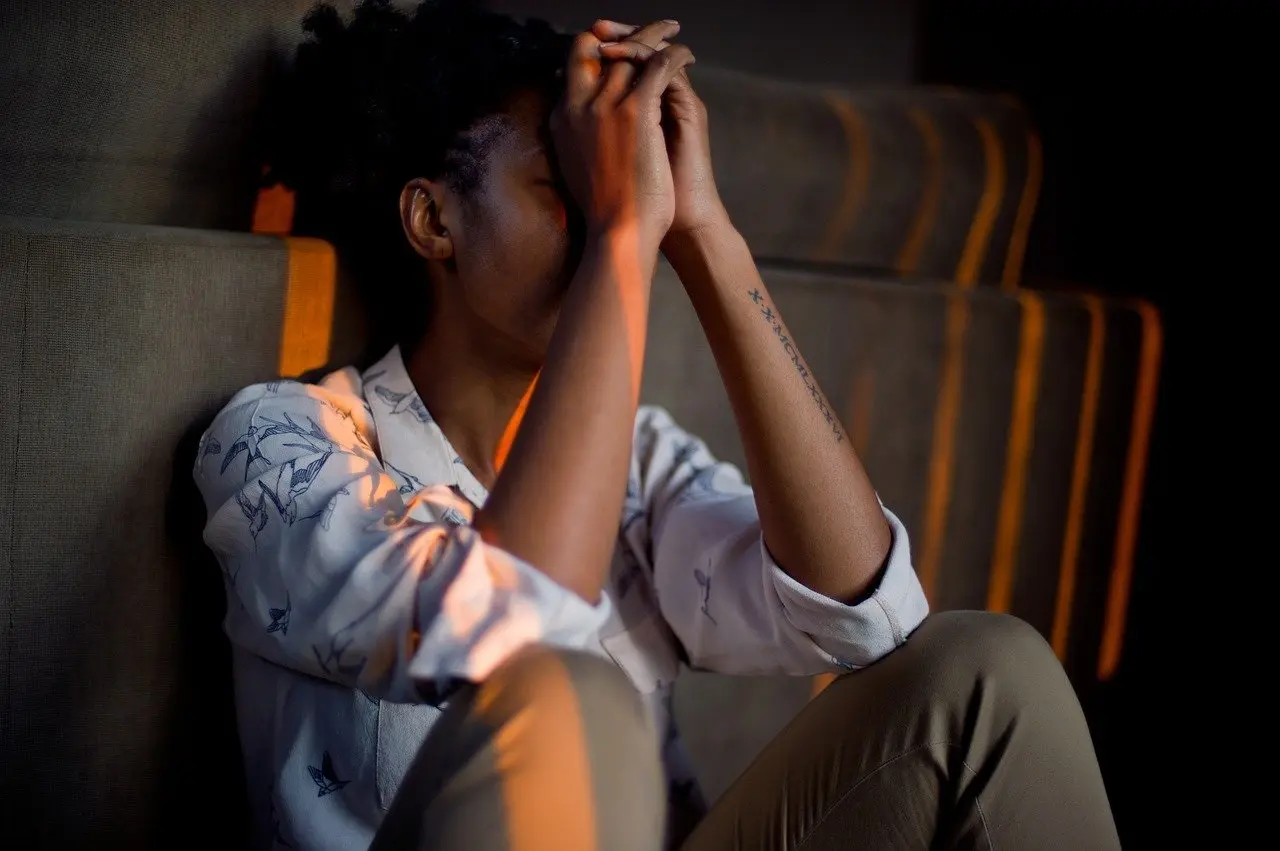This blog introduces the concept of Polyvagal theory. A further three articles shall explore it in the series for this month. At first it may sound inaccessible, but through these blogs, terms and ideas will be broken down and demystified.
In essence, Polyvagal theory unpacks how our nervous system responds to stimuli. It is how the body scans, evaluates and reacts to cues of safety and danger. As it is biologically active in all human experience, it also provides a rich framework for understanding why people behave the way they do.
Before Polyvagal Theory
Everybody knows the central nervous system. Polyvagal theory deals with its lesser known counterpart: the autonomic nervous system. Outside the brain and spinal cord, it connects to the central nervous system and regulates glands and internal organs[1]. Instinctive and physiological, it operates outside our conscious awareness, and necessarily so: the system must decide, at every moment, whether we are in safety or danger – whether to rest-and-digest or fight-or-flight. It is like a personal surveillance system, scanning for signs of danger and shifting our body as appropriate.[2]
Social behaviour is limited by human physiology, much of which is shared with our mammalian cousins[3]. Consider the antelope. Grazing, she is at ease. A crack of the branch, a whisper of uncertainty, and her ears are pricked. Pupils dilate, the heartbeat quickens, and glucose is pumped into the bloodstream[4]. A swathe of stimulating hormones has been released. These hormones will be required for a potential getaway.
This process of activation – or mobilisation – is a result of the sympathetic nervous system at work: the animal has readied herself for survival, fuelled by a release of adrenaline. Its opposite is the parasympathetic nervous system, acting to quell this aroused mode. The antelope has gone back to grazing; she is calm, safe and at peace in the world. Blood swells the digestive system, reserves are replenished, and the internal system recalibrates itself. These two processes – the sympathetic and the parasympathetic – form the basis of the autonomic nervous system.
Enter Polyvagal Theory
Polyvagal theory’s insight has been a matter of breadth. Before it was thought that these systems worked only in a reciprocal manner. Sympathetic readied for survival whilst the parasympathetic subdued; enabling healing, restoration and social connection.
Dr Stephen Porges’ theory identified another state of survival produced by the interplay of these two systems[5]. The dampening response (parasympathetic) not only prompts a social mood but can also impel a state of immobilisation at the other end of the spectrum. Yet both are the result of the vagus nerve at work – hence the name Polyvagal theory.
Return to the antelope. The flight has been in vain: the predator has struck. Sensing mortal danger, the animal feigns death, immobilising herself and extinguishing the aroused state. The hormones that had been released for fight-or-flight will not resolve the situation. Yet an opportunity arises when the predator’s clutch loosens. The antelope makes a break for it and escapes. That freeze-or-faint reaction – whilst perhaps not as obviously as fight-or-flight – has been critical to the antelope’s survival: it has conserved the energy needed for its deferred getaway.
Why is this relevant? Because that nervous system is also part of human neural wiring – fundamentally how we are. It shapes every lived experience[6]. Understanding those states and how shifts from one to the other occur therefore has obvious value.
The coming articles will explore three pillars of Polyvagal theory:
Neuroception – the fundament of feeling
The autonomic nervous system is constantly evaluating cues in our environment, absorbing signals beneath awareness and before cognition. It is taking place in ancient and primitive mechanisms developed in the service of survival through our evolution, detecting whether it is safe or dangerous. But neuroception can misread signals based on past experiences that may be inappropriate for understanding the present. Fortunately, the nervous system can change.
These signals come from three directions: outside (the lived environment), within (the internal organs) and between (signals of safety or danger from another living nervous system).
A ladder of nervous states
The three states form a hierarchy – or ladder. Movement through them can happen only in sequence:
i. Connection – or rest-and-digest; feed-and-breed. An impala grazing. The nervous system has told us we are safe. Social connections can be made.
ii. Mobilisation – or fight-or-flight. A kudu bolting. The nervous system has detected danger. It marshals all its energies to survive.
iii. Immobilisation – or freeze. A gazelle feigning death. The nervous system has detected mortal danger. The body shuts down, conserving energy for a potential escape.
Co-regulation
Co-regulation lies at the heart of relationships. It is the mutual reinforcement that comes from the sending and receiving of cues of safety with another nervous system. Although it is not geared to serve immediate survival needs, it assists – evolutionary speaking – survival in the longer-term. In other words, there is a biological imperative to co-regulate.
Once it is understood that all human experience has a physiological basis, people can start to understand how to identify which state they are in, and what they can do to shift to another more conducive state.
Sources:
[1] https://opentextbc.ca/anatomyandphysiology/chapter/12-1-basic-structure-and-function-of-the-nervous-system/ accessed 26/05/2020
[2] Dana, D. 2018. The Polyvagal Theory in Therapy: Engaging the rhythm of regulation. W W Norton & Co.
[3] Barré-Sinoussi F, Montagutelli X. Animal models are essential to biological research: issues and perspectives. Future Sci OA. 2015;1(4)
[4] http://www.qmedical.com/dtr_ans_overview.htm accessed 26/05/2020
[5] Porges, S., 2011. The Polyvagal Theory. New York: W.W. Norton.
[6] Dana, D. 2018. The Polyvagal Theory in Therapy: Engaging the rhythm of regulation. W W Norton & Co.






